によって hasmik 年月日 Jul 31, 2015


によって hasmik 年月日 Jul 31, 2015
日本の工芸と芸術
Architecture About traditional and modern Japanese architecture. Bonsai About the art of cultivating miniature trees. Bunraku About traditional Japanese puppet theater. Calligraphy About the art of writing beautifully. Contemporary Art A list of sites to see contemporary art. Cormorant Fishing A traiditonal fishing method using cormorants. Dolls About various types of Japanese dolls. Gardens About Japanese gardens. Geisha About entertainers performing traditional Japanese arts. Ikebana About Japanese flower arrangement. Kabuki About traditional...
によって hasmik 年月日 Jul 30, 2015
日本の宗教
Shinto and Buddhism are Japan’s two major religions. Shinto is as old as the Japanese culture, while Buddhism was imported from the mainland in the 6th century. Since then, the two religions have been co-existing relatively harmoniously and have even complemented each other to a certain degree. Most Japanese consider themselves Buddhist, Shintoist or both. Religion does not play a big role in the everyday life of most Japanese people today. The average person typically follows the religious rituals at ceremonies like birth, weddings and funerals, may visit...
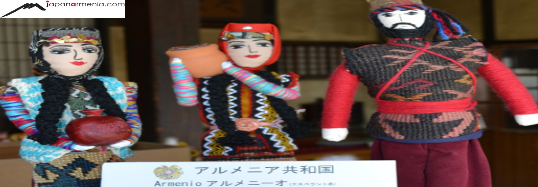
によって hasmik 年月日 Jul 29, 2015
日本のフェスティバルでの、アルメニアの人形...
The 5th edition of the World Doll Festival will show this year about 1,370 dolls from all around the world, all of themwearing the typical garment from their original countries. In between them will be 14 from your country. The different booths will contain information about the World Cultural Heritages listed by UNESCO. The event will be held from 15th until 18th October, at Izutsu Yashiki (769-2901 Higashikagawa, Hiketa 2163, Japan; Tel.+81 879-238557). This year the exhibition is devoted to France and will harbour hand-made dolls from different regions in the...
によって hasmik 年月日 Jul 29, 2015
日本の生活
The number of foreigners studying and working in Japan has been increasing in recent decades. The demand for native language teachers, in particular, is still high. Immigration About different types of visa. Working Holiday A visa for young people from certain countries. Working in Japan General information about working in Japan. Teaching Languages Native language teachers are still in high demand. Studying in Japan General information about studying in Japan. Language Schools A list of Japanese language...
によって hasmik 年月日 Jul 21, 2015
英語で日本語字幕のアルメニア人虐殺についてドキュメンタリーフィルム...
この記事を指し示すため、メリネ・メスロピゃンに感謝いたします!

によって hasmik 年月日 Jul 18, 2015
日本共同とはェグヴァルド(Yeghvard)のストレージ湖建設されます...
With the financning of Japan International Cooperation Agency (JICA) in the water sphere of the Republic of Armenia there is implemented the project of Technical-economical Substantiation Studies of Yeghvard water reservoir. The goal of the project is to give economical and technical estimations and to ground the expedience and efficiency of constructing Yeghvard water reservoir. On June 16, 2015, at State Committee of Water Economy there took place the meeting of the delegation of JICA and the representatives of “Sanyu” advisory team with the president of the...

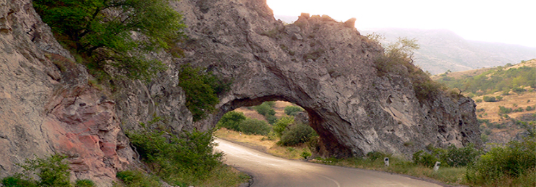
によって hasmik 年月日 Jul 13, 2015
アルメニアの見物
There are different cultural, religious, ecological and historical sights in Armenia. One of them is Matenadaran that is located in the heart of Armenia’s capital Yerevan. Matenadaran is a big library-museum for ancient manuscripts and books. The other sight is the Erebuni fortress in Arin Berd hill; this is the place where the city of Erebuni was build, which is now the big city Yerevan. Tsitsernakaberd is one of the most important places for all Armenians. This is the memorial for the victims of 1915 Armenian Genocide. There are five places that are included in...
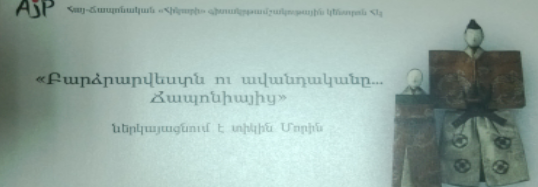
によって hasmik 年月日 Jul 10, 2015
2015年9月7日の「光」センターの「芸術性の高い、伝統的な…日本か...
On July 9, 2015, at 19:00 p.m. at “Hikari” Armenian-Japanese scientific-cultural center took place an event with the title “The Highly Artistic and the Traditional”. At the event there were present the ambassador of Japan in Armenia Eiji Taguchi with his staff, the ambassador of Armenia in Japan Hrant Poghosyan and many other guests. The event was opened by the president of “Hikari” center Karine Piliposyan, then she gave the floor to other honorary guests. After that Mrs. Morie with the help of a slide- show presented the history of the Japanese...
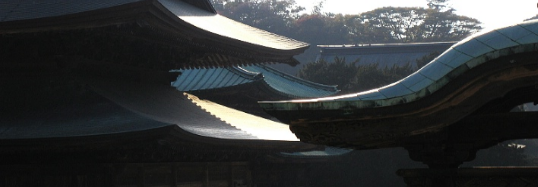
によって hasmik 年月日 Jul 6, 2015
日本の寺院
Temples are the places of worship in Japanese Buddhism. Virtually every Japanese municipality has at least one temple, while large cultural centers like Kyoto have several thousands.Temples store and display sacred Buddhist objects. Some temples used to be monasteries, and some still function as such. Structures typically found at Japanese temples are: Main hall The sacred objects of worship, such as statues, are displayed in the main hall. Main halls are called kondo, hondo, butsuden, amidado or hatto in Japanese. Example: Main hall...

によって hasmik 年月日 Jul 6, 2015
日本の神社
Shinto shrines are places of worship and the dwellings of the kami, the Shinto “gods”. Sacred objects of worship that represent the kami are stored in the innermost chamber of the shrine where they cannot be seen by anybody. People visit shrines in order to pay respect to the kami or to pray for good fortune. Shrines are also visited during special events such as New Year, setsubun, shichigosan and other festivals. New born babies are traditionally brought to a shrine a few weeks after birth, and many couples hold their wedding ceremonies there. The...

によって hasmik 年月日 Jul 5, 2015
日本の城
History of Castles Fortresses have been built in Japan since early times. A particular need for castles arouse in the 15th century after the central government’s authority had weakened and Japan had fallen into the chaotic era of warring states (sengoku jidai). During that era, Japan consisted of dozens of small independent states which fought each other and built small castles on top of mountains for defense purposes. When Oda Nobunaga reestablished a central authority over Japan in the second half of the 16th century, and his successor Toyotomi...

によって hasmik 年月日 Jul 4, 2015
10 Reasons Japanese Women Don’t Get Old ...
“A good, functional and healthy body is the ultimate fashion statement.” Kiyokazu Washida, fashion critic Recently I came upon a small, but informative book by Naomi Moriyama entitled, Japanese Women Don’t Get Old or Fat. Intrigued and a bit skeptical, although I follow a very similar style of diet, I found some delicious recipes to add to my daily repertoire of meals and gleaned some useful tidbits of information. Such as, for the past 25 years Japanese women have held the world record for living the longest, 86.4 years. Not just the women, Japanese men have the...
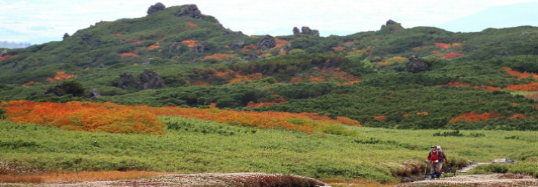
によって hasmik 年月日 Jul 3, 2015
日本のハイキング
Although probably better known for its traditional culture and technologically advanced cities, Japan is also a country of mountains. More than seventy percent of the volcanic archipelago is covered by towering volcanic peaks and snow capped summits; and these mountains, which have traditionally held important religious and cultural significance, provide nothing short of a haven for outdoor sports enthusiasts. Naturally the country has developed a vibrant hiking culture to go along with its geography. Whether you are seeking long, multi-day treks through the national...
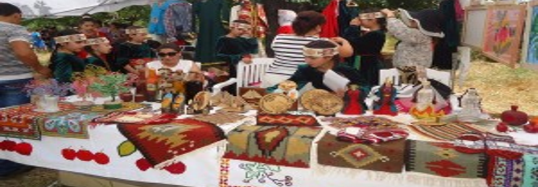
によって hasmik 年月日 Jul 1, 2015







